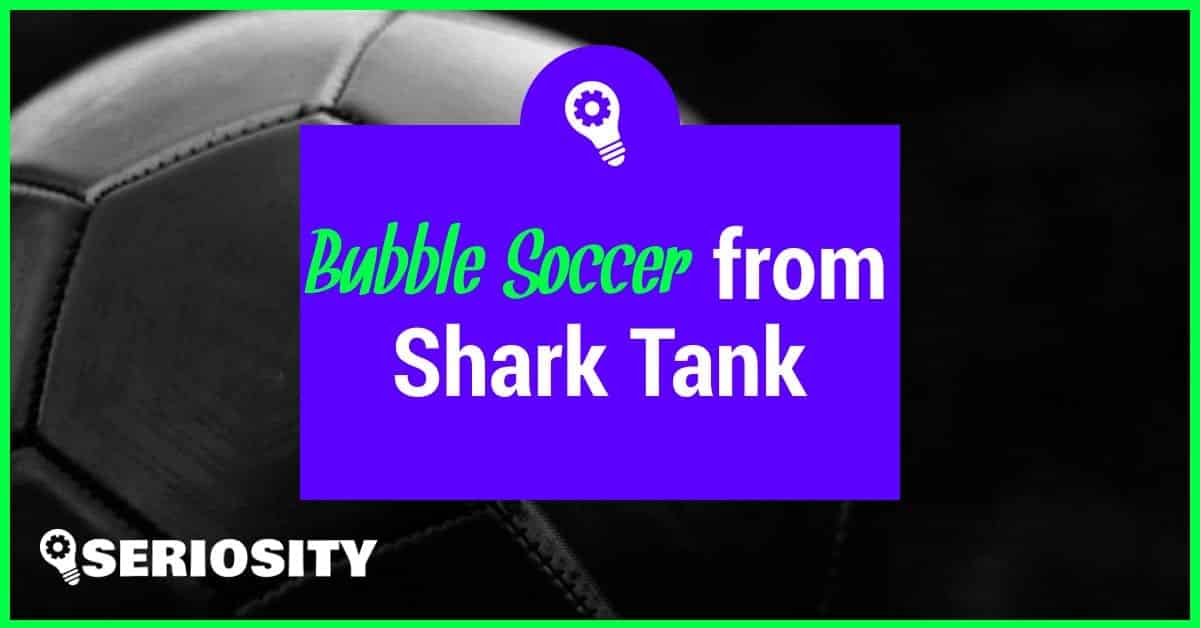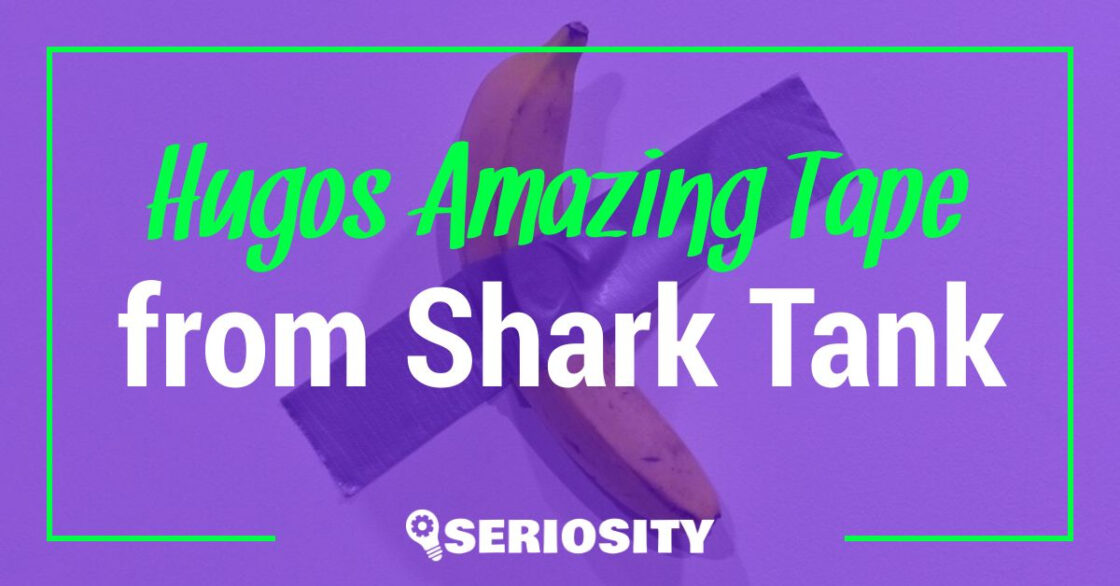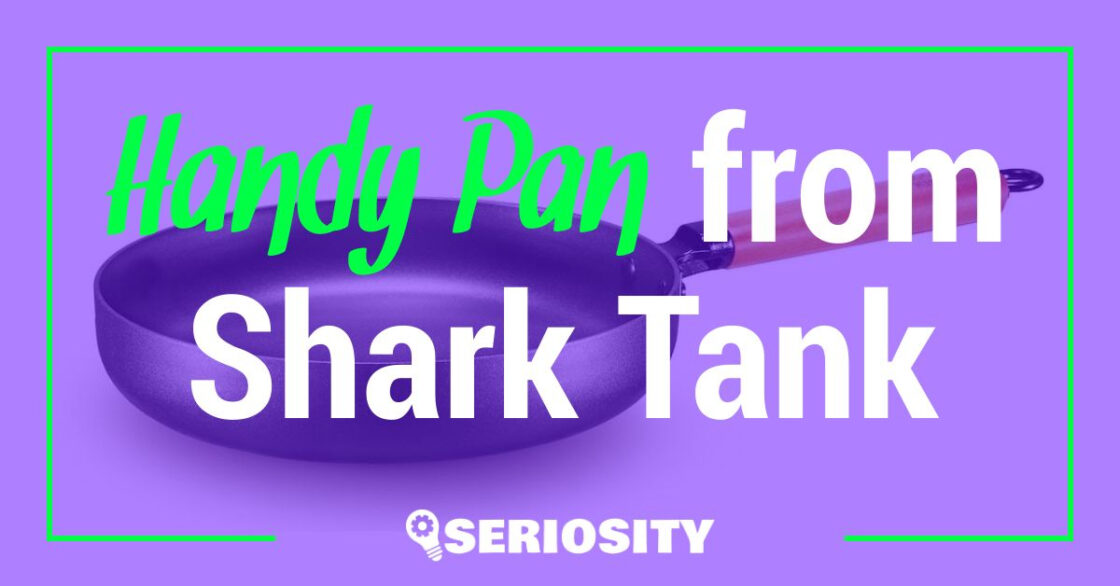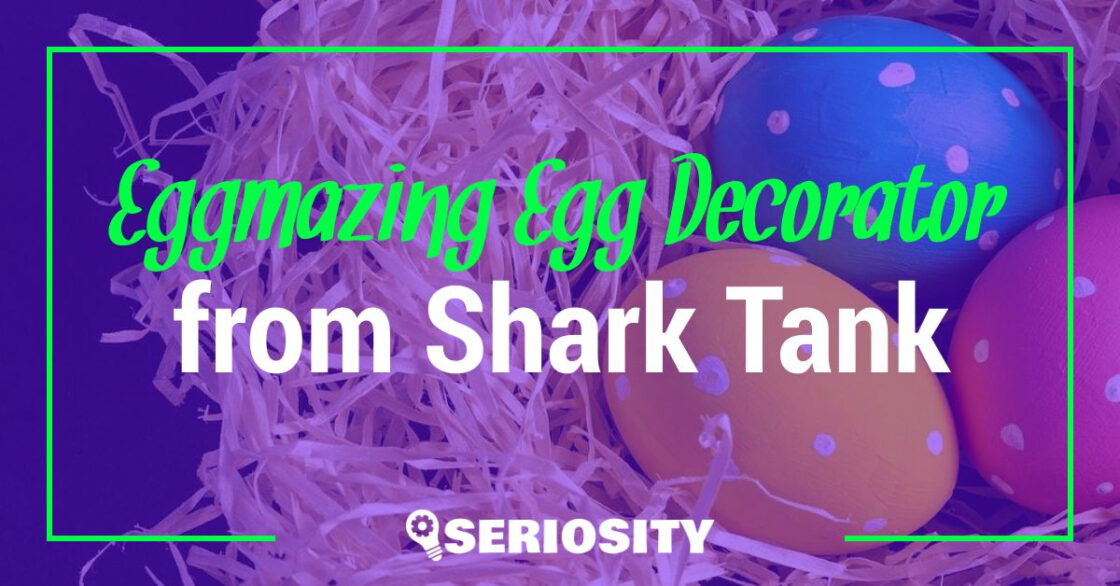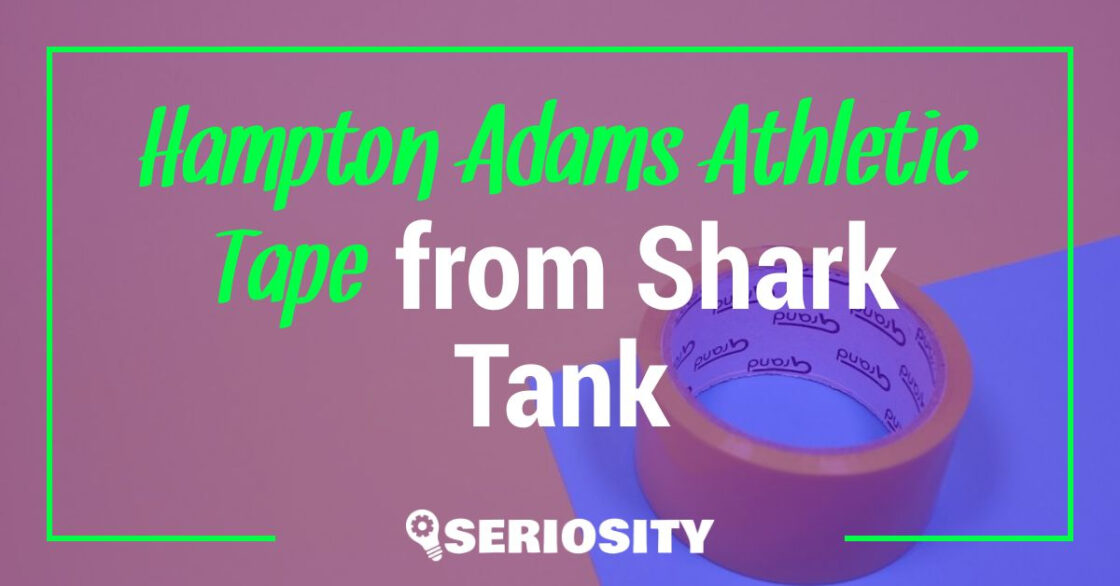A competitive and recreational sport, Bubble soccer involves players playing football while partially covered in a large torus-inflated bubble that encases their heads and upper bodies.
The game is either played on outdoor fields or on large indoor fields and, just like regular football, consists of teams. A typical bubble soccer field is between 30 to 45 meters wide, and 50 to 100 meters long.
In terms of rules, too, bubble soccer is quite similar to mainstream football – the objective for either team is to put the ball in the other team’s goal. The only exception, as we mentioned, is that bubble football requires players to put on an inflated bubble sheet around the upper body. Soccer-grade vinyl is used to cover the bubble sheets.
The game consists of two halves, which are separated by a 10-minute interval, after which the two teams switch sides or ends. Bubble soccer is a very safe game, and is suitable for anyone aged eight and above.
In fact, it is a particularly desirable game for kids and teenagers, since there are no hard or technical rules involved. Besides, since the players are covered in bubbles, the chances of sustaining serious injuries are pretty much negligible –you can even kick or bump into the opposition players to keep them from scoring a goal.
The inventors of bubble soccer are Johan Golden and Henrik Elvestad; the Norwegian duo created the sport back in 2011 and even featured it on a sports TV show named Golden Goal.
Lee Moseley self-funded the sport and promoted it throughout the United Kingdom.
By 2014, bubble soccer had found its way to New Zealand. In the United States, the game is regulated by the BBA.
Since then, many different bubble soccer leagues have emerged. The National Association of Bubble Soccer, however, remains the gold standard.
Our Review of the National Association of Bubble Soccer
The National Association of Bubble Soccer, established by John Anthony Radosta, is a sanctioning company that provides, rents, and sells official rules for leagues in more than 35 cities across the USA.
The business generates revenue by providing licenses to local entrepreneurs, who pay between $3,000 and $5,000 to be a part of the organization. Local leagues can operate under the rules, web platforms, and logo of the National Association of Bubble Soccer.
The association also determines the quality standards for sports equipment, and also offers an insurance affinity program to all its license-holders. Apart from local, regular league matches, members can also rent bubbles for their private events.
Is the National Association of Bubble Soccer Still an Active Business?
Following the Shark Tank appearance (more on that below), the National Association of Bubble Soccer added more franchises to its portfolio.
However, soon after, the business struggled to stay afloat and, in August 2016, was officially shut down. John Anthony Radosta, the owner of the association, was hired by Wayfair, where he started working as an AI (Artificial Intelligence) engineer.
How Did the Shark Tank Pitch Go?
John Anthony and the National Association of Bubble Soccer made their Shark Tank appearance on episode 711 of the show. John was seeking a $160,000 investment against a 10% stake in the Advanced Sports Concepts Company, the holding organization for the National Association of Bubble Soccer.
Almost instantly, Robert, Mark, and Daymond put on the bubble suits and start playing the game. They all bump into each other but, as expected, Mark manages to deck both Robert and Daymond.
John Anthony was then asked to walk the Sharks through the business.
He told them that his vision was that the National Association of Bubble Soccer becomes the one-stop shop for every bubble soccer entrepreneur, and he wants his organization to be responsible for providing everything related to the sport, ranging from equipment and licenses, to lead generation and support.
The association gets about half of all revenue that members generate through their events and leagues.
John further explained that he initiated his business after noticing the popularity of the sport throughout Europe and the large online volume for the keyword ‘bubble soccer’. The annual revenue for the current year was $305,000, and John was expecting to close the year at $430,000, with $80,000 of it being profit.
For the next year, John was projecting revenue of $630,000. The association also made money through its bubble packages, which it sold for prices ranging from $4,000 to $16,000, which also included protection and insurance for the equipment.
Even a typical birthday party, John asserted, fetches $300 to $500 on average.
Kevin was the first to speak up, stating that the company strategy was not clear, especially with the way that John Anthony explained it. For this reason, he stepped out of the deal.
Lori said that she could not see bubble soccer leagues surviving in the long term, which is why she also bowed out.
Robert, just like Kevin, was confused, and said that the National Association of Bubble Soccer had too many different business models. He felt that this could be a major hindrance for John’s company, and therefore decided to excuse himself from the offer.
Mark was the only remaining Shark. However, he felt that John and his business were too complicated and, therefore, he would not be willing to invest.
The National Association of Bubble Soccer, therefore, had to leave the Tank without securing a deal.
Are There Any Alternatives?
The National Association of Bubble Soccer has the following alternatives or competitors:
- Toronto Bubble Factory
- Knockerball USA
- Buy Bubble Soccer
- Bubble Bump Soccer
- Bubble Soccer Club San Diego
Our Final Thoughts
Bubble Soccer is quite an exciting and fun-filled game, and can be enjoyed by kids and adults alike. The National Association of Bubble Soccer wanted to become the single-stop shop for every bubble soccer company, but failed to materialize its vision and went out of business in 2016.

